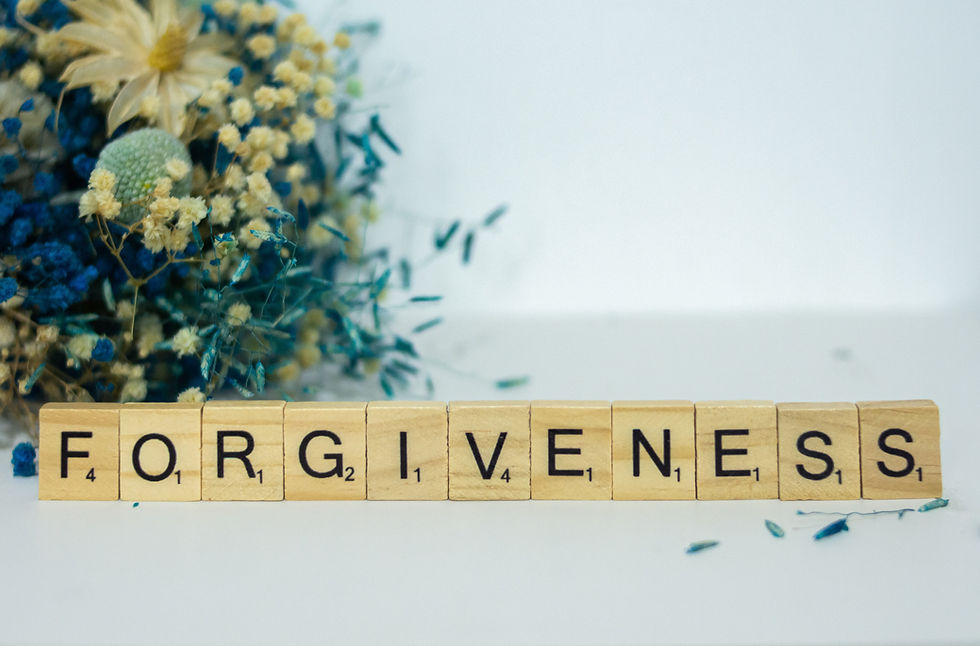Resilience Role Models (3)
- Lisa Cresswell

- Mar 16, 2019
- 2 min read
Updated: Nov 12, 2021
In April 2001, Commander Chris Hadfield suited up and went outside the International Space Station with a colleague to do some work.
A few minutes later, the oil and soap mixture that was used to keep his visor clean got into his eye. It stung his eye very badly and his eye teared up. In zero gravity tears don’t fall out of the eye – they remain on the surface of the eye, effectively creating a pool of water between the eyelids. The more his eye got irritated the more tears it produced. Surface tension dragged then dragged that pool of tears, oil and soap across the bridge of his nose and into the other eye.
He was effectively blinded, out in space, holding on with one hand to a Space Station that’s travelling at 8 kms per second.
What would you do in that situation?
I think I know what I’d do – and it wouldn’t be a ladylike response!
However, Chris Hadfield had undergone the extensive training required of astronauts that prepares them not only for when things go well, but also for every eventuality, including when everything – everything – goes wrong. As a result of that training, he had a mindset that served him really well in that life-or-death moment. He remained completely calm. He had trained his body and mind to understand the difference between fear and actual danger and his default response was based on that.
How different would your life be if you trained yourself to remain calm and to control your fears?
What opportunities would open up to you?
His TED talk on this subject can be viewed at here He also explains how not to scream if you ever find yourself in a Soyuz capsule falling to earth.
Good to know?!
Until next week, take care,
Lisa.






Comments